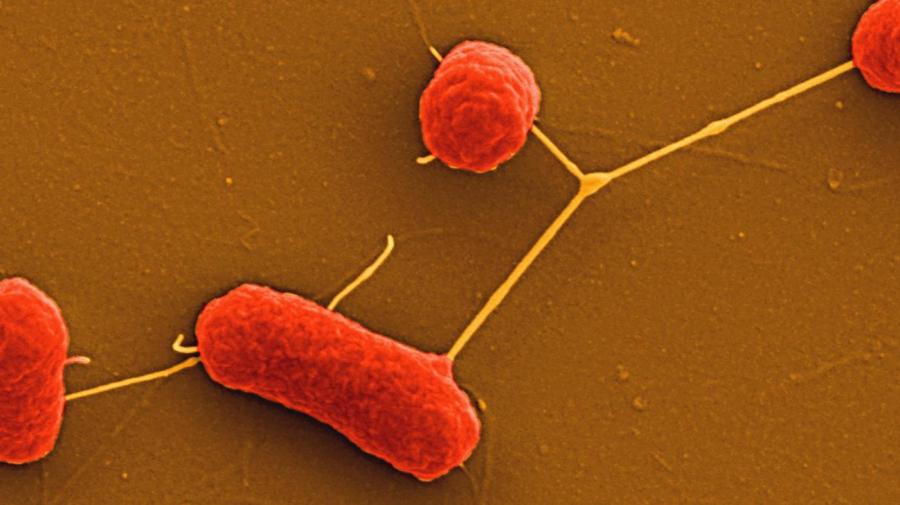What Are Nonfastidious Bacteria?

Nonfastidious bacteria are able to grow without special nutritional supplements or conditions applied to agar growth plates. These types of bacteria are contrasted by fastidious bacteria, which grow and replicate more slowly and require special nutritional additives to agar plates and even, in some cases, special atmospheric conditions in order to thrive.
An example of nonfastidious bacteria is the Staphylococcus species. Staphylococcus species can grow in nutrient-sparse environments and can survive in a wider temperature range than many fastidious bacteria. Another example of a nonfastidious bacteria is Streptococcus, which easily lyses red blood cells in agar and obtains nutrients from the burst cells.
An example of fastidious bacteria is Neisseria gonorrheae, which needs hemolyzed blood added to agar plates because the bacteria are unable to lyse red blood cells and release blood nutrients on their own. Another example of fastidious bacteria is the Campylobacter species, which cannot tolerate the amount of oxygen present in normal air. Optimum campylobacter growth requires a specific temperature range and increased levels of carbon dioxide to grow.
Campylobacter is an example of a microaerophile, which means it requires a small amount of oxygen to grow. Other bacteria will not grow in the presence of oxygen and are called anaerobes. Several nonfastidious bacteria, such as Staphylococcus, are facultative anaerobes, meaning they can grow if oxygen is present and if oxygen is not present.





